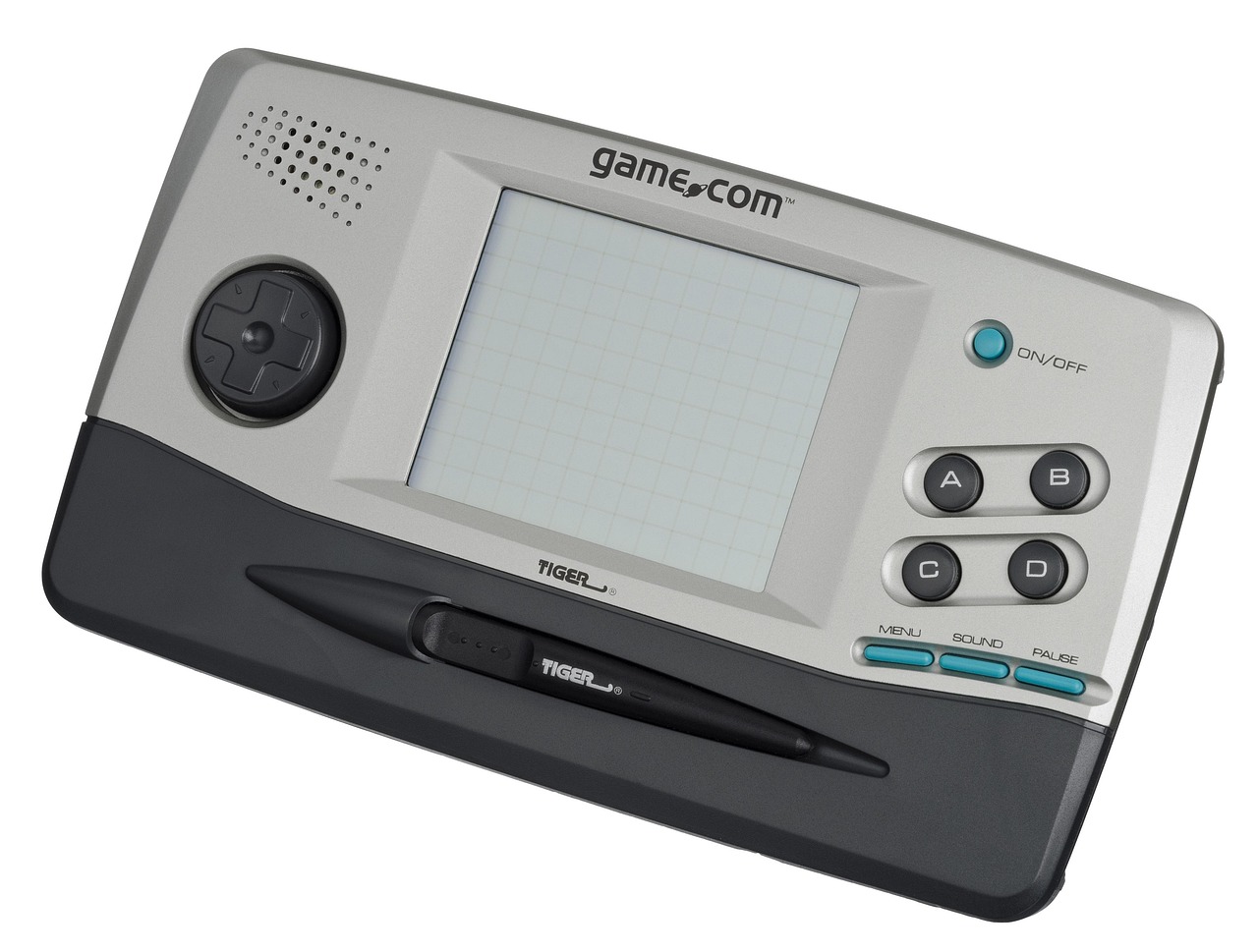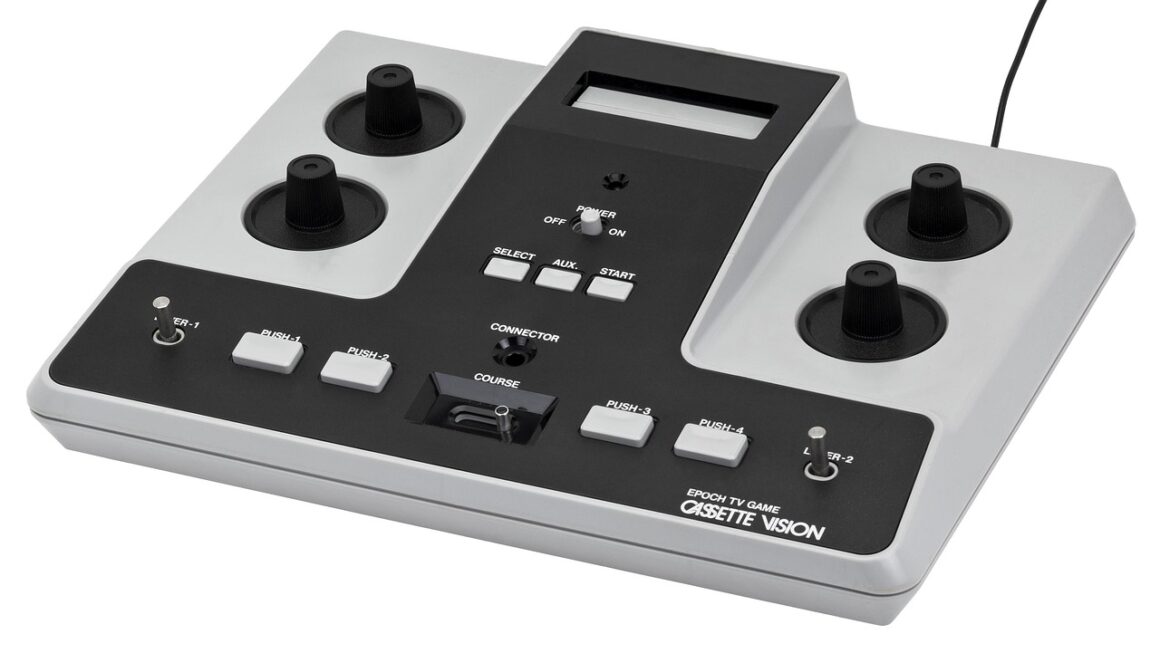The allure of gaming has never been confined to a desktop or a console tethered to a TV. For decades, portable gaming has carved its own niche, offering players the freedom to immerse themselves in captivating worlds on the go. From the pixelated adventures of the Game Boy to the graphically stunning landscapes of modern handhelds and mobile devices, the evolution of portable gaming is a testament to technological innovation and the enduring desire for entertainment at our fingertips. This post delves into the world of portable gaming, exploring its history, current landscape, and future trends.
The History and Evolution of Portable Gaming
Portable gaming has a rich and fascinating history, marked by technological leaps and iconic devices that shaped the gaming landscape.
Early Beginnings: From Electro-Mechanical to LCD
The seeds of portable gaming were sown with electro-mechanical games in the 1970s. These rudimentary devices, like Mattel’s Auto Race, offered simple but engaging gameplay experiences. The real revolution began with the introduction of LCD technology, paving the way for more complex and visually appealing games.
- Mattel Auto Race (1976): A pioneering electro-mechanical game that simulated racing.
- Nintendo’s Game & Watch (1980): A series of handhelds featuring single-game LCD screens, hugely popular and influential.
- Key Takeaway: Early portable gaming laid the groundwork for the industry’s future growth by demonstrating the appeal of on-the-go entertainment.
The Game Boy Revolution and the Rise of Cartridges
The release of the Nintendo Game Boy in 1989 marked a pivotal moment in portable gaming history. Its interchangeable cartridges, affordability, and library of compelling games, including Tetris, catapulted it to global success.
- Key Features of the Game Boy:
Interchangeable game cartridges
Affordable price point
Long battery life
A vast library of games
- Impact: The Game Boy dominated the market for over a decade and established Nintendo as a leader in portable gaming.
- Practical Example: The ability to swap cartridges meant players could carry multiple games with them, offering a diverse gaming experience.
- Actionable Takeaway: The Game Boy’s success hinged on a combination of affordability, accessibility, and engaging content.
The Era of Color and 3D: Game Boy Color, Advance, and Nintendo DS
As technology advanced, portable gaming systems embraced color displays and, eventually, 3D capabilities. Nintendo continued to innovate with the Game Boy Color, Game Boy Advance, and Nintendo DS.
- Game Boy Color (1998): Brought color to the Game Boy platform, enhancing the visual experience.
- Game Boy Advance (2001): Introduced a more powerful processor and a wider screen, allowing for more complex games.
- Nintendo DS (2004): Pioneered the use of dual screens, one of which was a touch screen, revolutionizing gameplay.
- Practical Example: The Nintendo DS’s touch screen opened up new possibilities for game design, leading to innovative titles like Brain Age.
- Key Takeaway: Innovation in display technology and input methods drove the evolution of portable gaming.
Modern Portable Gaming Platforms
Today’s portable gaming landscape is diverse, encompassing dedicated handheld consoles, mobile devices, and cloud gaming services.
Dedicated Handheld Consoles: Nintendo Switch and Steam Deck
Dedicated handheld consoles offer a more premium gaming experience with powerful hardware, physical controls, and exclusive titles.
- Nintendo Switch: A hybrid console that can be played in handheld mode or docked to a TV. Offers a vast library of first-party and third-party games.
Benefits: Versatile gameplay, exclusive Nintendo franchises, strong community support.
Statistics: As of December 2023, the Nintendo Switch has sold over 139 million units worldwide.
- Steam Deck: A portable PC gaming device that allows players to access their Steam library on the go.
Benefits: Access to a massive library of PC games, customizable controls, open platform.
Considerations: Requires some technical know-how for optimal performance and compatibility.
- Actionable Takeaway: Choose a dedicated handheld based on your preferred game library, budget, and desired level of technical customization.
Mobile Gaming: Smartphones and Tablets
Mobile gaming has become a dominant force in the industry, offering a convenient and accessible gaming experience.
- Advantages of Mobile Gaming:
Ubiquitous devices: Most people already own a smartphone or tablet.
Accessibility: Games are readily available through app stores.
Variety: A vast selection of games across all genres.
Free-to-play model: Many mobile games are free to download and play, with optional in-app purchases.
- Challenges of Mobile Gaming:
Touchscreen controls: Can be less precise than physical controllers.
Distractions: Notifications and other apps can interrupt gameplay.
Battery life: Gaming can drain battery quickly.
- Practical Example: Games like Genshin Impact and Call of Duty: Mobile showcase the graphical capabilities of modern smartphones.
- Actionable Takeaway: Optimize your mobile gaming experience by using a Bluetooth controller, adjusting graphics settings, and closing unnecessary apps.
Cloud Gaming: Xbox Cloud Gaming, NVIDIA GeForce Now, and More
Cloud gaming allows players to stream games over the internet, eliminating the need for expensive hardware.
- Benefits of Cloud Gaming:
Accessibility: Play games on a variety of devices, including smartphones, tablets, and laptops.
No downloads: Games are streamed directly, saving storage space.
Cost-effective: Subscription-based services offer access to a library of games.
- Requirements for Cloud Gaming:
Stable internet connection: A high-speed internet connection is essential for a smooth gaming experience.
Compatible device: A device that supports the cloud gaming service.
* Subscription: A paid subscription to the cloud gaming service.
- Practical Example: Xbox Cloud Gaming allows subscribers to play Xbox games on their smartphones or tablets, expanding their gaming options.
- Actionable Takeaway: Test your internet connection speed and stability before subscribing to a cloud gaming service.
Accessories and Enhancements for Portable Gaming
Enhance your portable gaming experience with a variety of accessories and enhancements.
Controllers and Grips
Improve comfort and control with dedicated controllers and grips for mobile devices and handheld consoles.
- Bluetooth Controllers: Connect wirelessly to smartphones and tablets for more precise control.
- Controller Grips: Provide a more ergonomic grip for handheld consoles, reducing hand fatigue.
- Example: The Razer Kishi V2 controller transforms your smartphone into a handheld console with physical buttons and triggers.
Headphones and Earbuds
Immerse yourself in the game with high-quality headphones or earbuds.
- Noise-Canceling Headphones: Block out distractions and enhance sound quality.
- Wireless Earbuds: Offer freedom of movement and convenience.
- Considerations: Choose headphones or earbuds with low latency to minimize audio delay.
Protective Cases and Screen Protectors
Protect your devices from damage with protective cases and screen protectors.
- Hard Cases: Provide maximum protection against drops and impacts.
- Soft Cases: Offer a more lightweight and comfortable grip.
- Screen Protectors: Prevent scratches and cracks on the screen.
Portable Power Banks
Extend your gaming sessions with portable power banks.
- High-Capacity Power Banks: Provide multiple charges for your devices.
- Fast Charging: Ensure your devices charge quickly.
- Practical Example: Anker PowerCore 10000 is a compact and reliable power bank that can charge a smartphone several times.
- Actionable Takeaway: Invest in a portable power bank with sufficient capacity and charging speed for your needs.
The Future of Portable Gaming
The future of portable gaming is bright, with advancements in technology promising even more immersive and accessible gaming experiences.
Augmented Reality (AR) and Virtual Reality (VR)
AR and VR technologies are poised to revolutionize portable gaming, blending digital worlds with the real world.
- AR Gaming: Overlays digital elements onto the real world, creating interactive experiences.
- VR Gaming: Immerses players in fully virtual environments.
- Potential Applications: Location-based AR games, immersive VR experiences on portable headsets.
Enhanced Cloud Gaming and 5G Connectivity
The combination of enhanced cloud gaming and 5G connectivity will enable seamless gaming experiences on the go.
- Lower Latency: 5G connectivity will reduce latency, making cloud gaming more responsive.
- Higher Bandwidth: 5G will provide higher bandwidth, enabling streaming of higher-quality graphics.
- Increased Accessibility: Cloud gaming will become more accessible to players without high-end hardware.
Folding and Flexible Displays
Folding and flexible displays will allow for larger screens in a more compact form factor.
- Folding Smartphones: Offer a larger display when unfolded, providing a more immersive gaming experience.
- Flexible Displays: Can be integrated into wearable devices, creating new possibilities for portable gaming.
Conclusion
Portable gaming has come a long way from its humble beginnings, evolving into a diverse and thriving industry. From dedicated handheld consoles to mobile devices and cloud gaming services, there are more ways than ever to enjoy gaming on the go. As technology continues to advance, the future of portable gaming promises even more immersive, accessible, and innovative experiences. By understanding the current landscape and embracing the latest trends, gamers can unlock the full potential of portable gaming and enjoy their favorite games anytime, anywhere.



